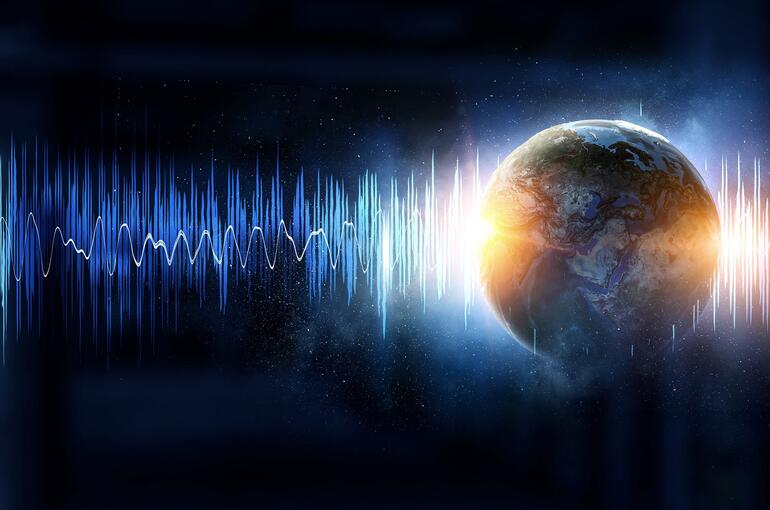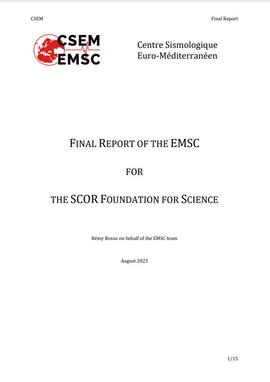
The project was led by EMSC (European Mediterranean Seismological Center), a non-profit organization constituting one of the world’s main centers of seismological information. The project built on an existing working prototype developed by scientists over the last twenty years, one of the top two global prototypes in this field.
The three-year agreement signed between the SCOR Foundation for Science and the EMSC had the objective of completely renewing EMSC’s technical infrastructure and extending citizen seismology in order to improve the rapid assessment of the effects of earthquakes. The first two reports described in detail the technical developments that have occurred. For this last report, while still outlining the latest technical developments, the impetus is to illustrate how eyewitness data can replace dense real-time seismic networks for rapid impact assessment, using examples from the catastrophic M7.8 Kahramanmaraş, Turkey earthquake of 6 February 2023.
The technical refactoring of the processing system and communication tools has been finalized. After a new website for mobile devices and a new Twitter bot, the new smartphone app is available. The new desktop website has been online since the end of June 2023. The deployment of the new version of the app will be gradual, starting in September 2023.
The catastrophic M7.8 Kahramanmaraş earthquake in Turkey last February was a dramatic reminder of the destructive power of earthquakes and the difficulty of rapidly assessing their impact. The LastQuake system proved its value in a number of ways. More than 5,000 felt reports were collected in the first 30 minutes, providing a unique insight into the impact. The existence of collapsed structures was confirmed by crowdsourced geo-located imagery collected in the first few hours, despite the earthquake occurring at night. Felt reports were also used to determine the geometry of the seismic rupture within 10 minutes, dramatically improving estimates of the spatial distribution of shaking and damage. A new detector harvesting images from Twitter was also able to detect a triggered landslide blocking a road 12 hours after the earthquake.
Independently of this specific case, the felt reports are shown to be able to distinguish high-impact from low-impact earthquakes within 10 minutes thanks to a statistical analysis, especially for earthquakes of moderate magnitude and moderate damage levels, which are inherently complex to identify through impact modelling. Finally, the report mentions the recent development of an information and crowdsourcing bot on the messaging app Telegram to further extend the reach of the LastQuake system.
EMSC recording of the M6.8 earthquake in Moroco
Taken together, these results demonstrate the ability of direct and indirect eyewitness observations to provide the necessary constraints for rapid and reliable impact assessment of global earthquakes.
